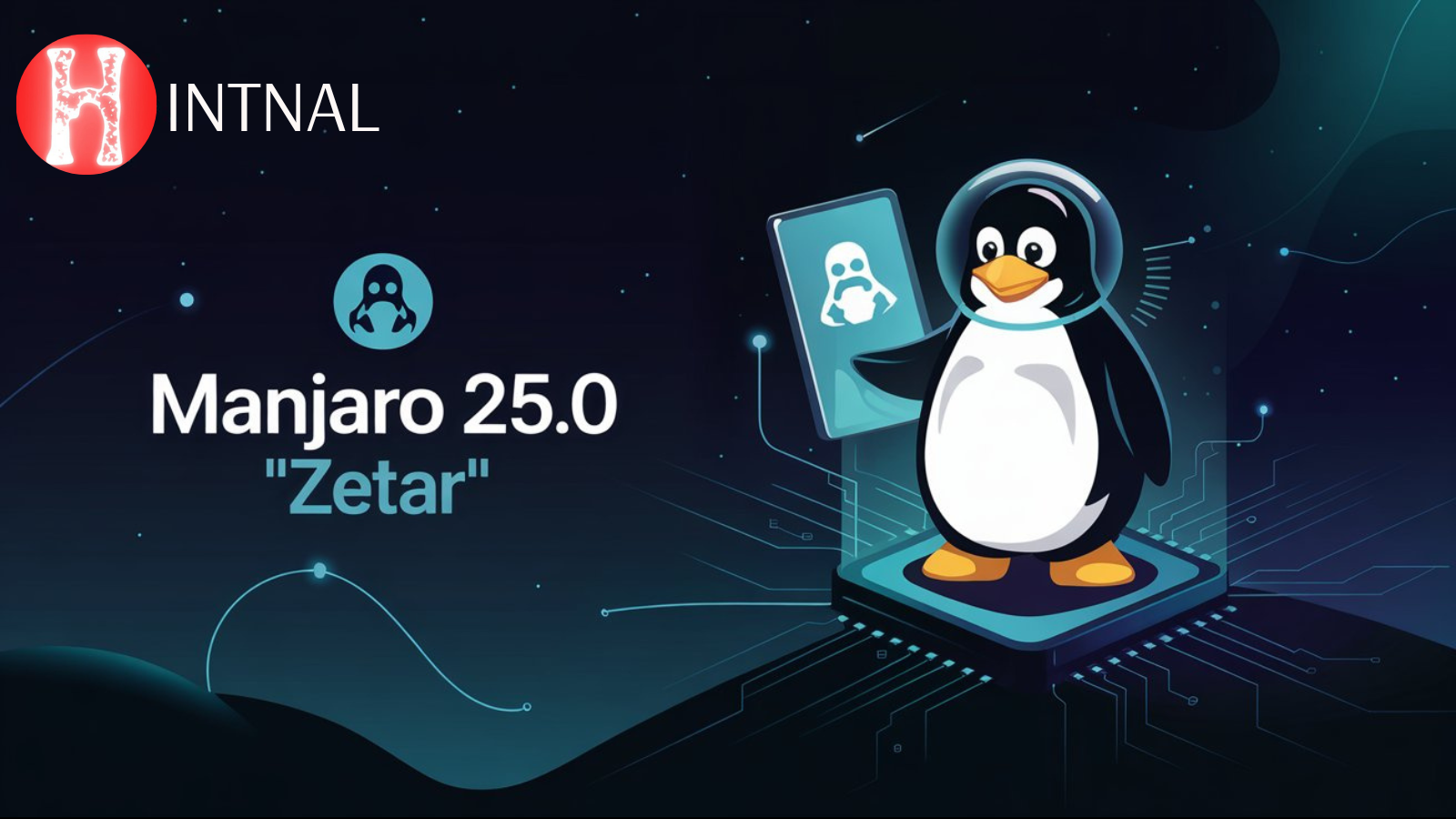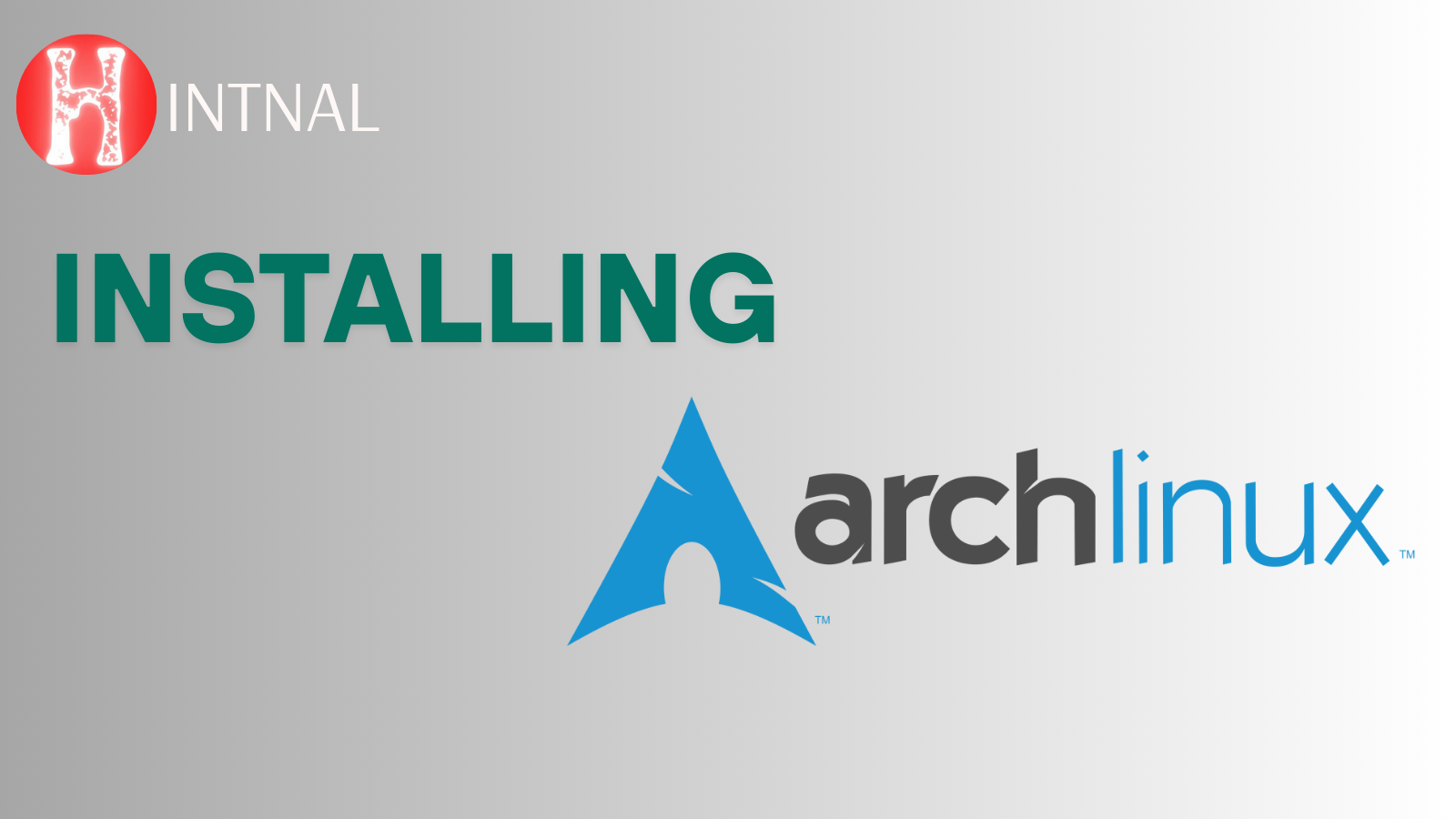
Explore what Arch Linux is and how it differs from other Linux versions. Discover its unique features, rolling release model, and customization options.
READ ALSO: Jython: Bridging the Gap Between Python and Java
Introduction to Arch Linux
Arch Linux is a lightweight, minimalist, and flexible Linux distribution known for its simplicity and customization. It follows a rolling release model, ensuring that users always have access to the latest software without needing to upgrade the entire system. Unlike other user-friendly Linux distributions like Ubuntu or Fedora, Arch Linux is designed for advanced users who prefer complete control over their system.
Key Features of Arch Linux
- Rolling Release Model: Arch Linux provides continuous updates, meaning users always have the latest versions of software and security patches without the need for major version upgrades.
- Minimalist Design: It comes as a bare-bones system, allowing users to build their environment from scratch. This approach ensures that no unnecessary software is installed.
- Pacman Package Manager: Arch Linux uses Pacman, a powerful package manager that efficiently handles package installation, updates, and dependency management.
- Arch User Repository (AUR): A unique feature of Arch Linux is the Arch User Repository, a community-driven repository where users can find and share software packages not available in the official repositories.
- Comprehensive Documentation: The Arch Wiki is considered one of the most detailed and well-maintained resources in the Linux community, helping users with installation, configuration, and troubleshooting.
How is Arch Linux Different from Other Linux Distributions?
1. Rolling Release vs. Fixed Release
Unlike fixed-release distributions like Ubuntu or Debian, which require major version upgrades periodically, Arch Linux follows a rolling release model. This allows users to continuously receive updates without reinstalling or upgrading the system version.
2. Installation Process
Arch Linux has a manual installation process, requiring users to set up the system from the command line. This differs from other Linux distributions that provide graphical installers and pre-configured environments. This approach gives users full control over the system’s configuration but requires a deeper understanding of Linux.
3. Customization and Control
One of the key reasons advanced users choose Arch Linux is its high degree of customization. Users can install only the software they need, unlike other distributions that come with pre-installed applications and desktop environments.
4. Package Management with Pacman
Arch Linux uses Pacman, which is known for its speed and simplicity. It automatically resolves dependencies and keeps the system up-to-date. In contrast, other distributions use different package managers like APT (in Debian-based systems) or DNF (in Fedora).
5. Arch User Repository (AUR)
The AUR is a community-maintained repository that offers a vast collection of user-contributed software packages. It provides easy access to third-party applications, making it easier for users to find and install software not available in the official repositories.
Who Should Use Arch Linux?
Arch Linux is ideal for advanced users who want complete control over their system and are willing to invest time in learning and configuring their operating system. It is not recommended for beginners due to its steep learning curve and lack of a graphical installer.
Pros and Cons of Arch Linux
Pros:
- Complete control and customization
- Always up-to-date with the latest software
- Lightweight and minimalistic
- Extensive and detailed documentation (Arch Wiki)
Cons:
- Steep learning curve for beginners
- Manual installation and configuration
- Potential stability issues with rolling releases
Conclusion
Arch Linux is a powerful, flexible, and minimalist Linux distribution designed for users who prefer customization and control over ease of use. Its rolling release model, Pacman package manager, and the Arch User Repository make it stand out from other Linux distributions. However, its complexity and manual setup process make it suitable for experienced Linux users who enjoy learning and experimenting with their systems.
SOURCE:
- Miles Web: Arch Linux: Why Developers Prefer It?
- ArchLinux Wiki: Arch compared to other distributions
- Endeavouros Forum: What makes Arch Linux different from all other distributions?


